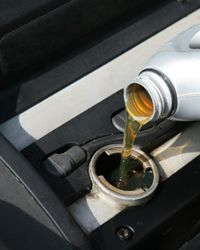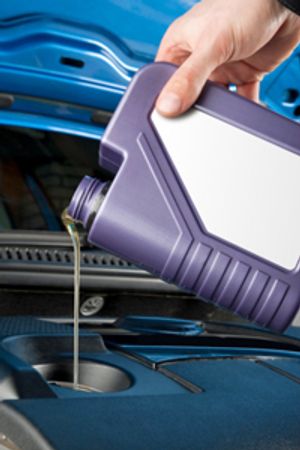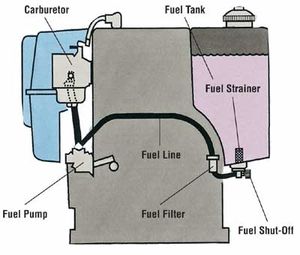We all know that our cars need engine oil in order to operate smoothly. The role of engine oil is to keep the moving parts of the engine lubricated, to protect them against rust corrosion, and -- with modern detergent oil additives -- to keep them free of sludge and general engine gunk.
But most of us also know some things about engine oil that aren't actually true. For instance, isn't it always necessary to change your oil every 3,000 miles (4,828 kilometers)? And when the color of your oil starts becoming dark, doesn't that mean that it's about to fill your engine with harmful sludge?
Advertisement
Well, no. These ideas are myths and over the next few pages we'll debunk them, along with a few other engine oil "facts" that don't happen to be true. A little knowledge isn't necessarily a dangerous thing, but a little knowledge that doesn't happen to be true could quite possibly ruin your engine, or at least cost you a lot of unnecessary expense.

















